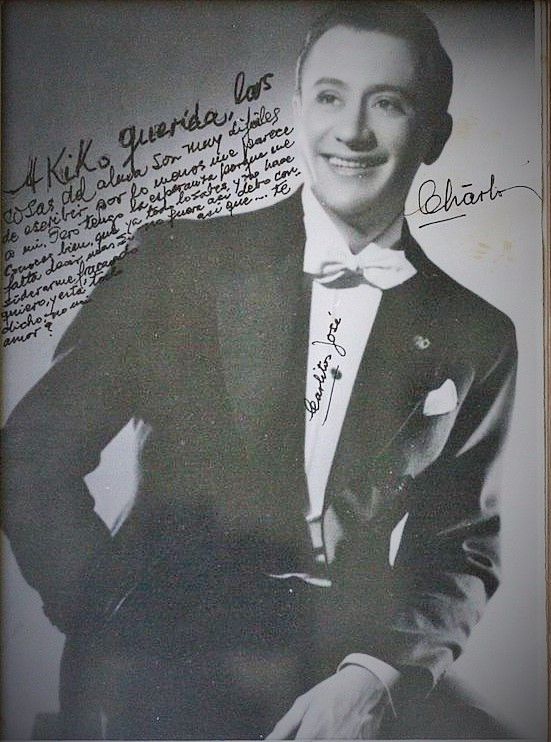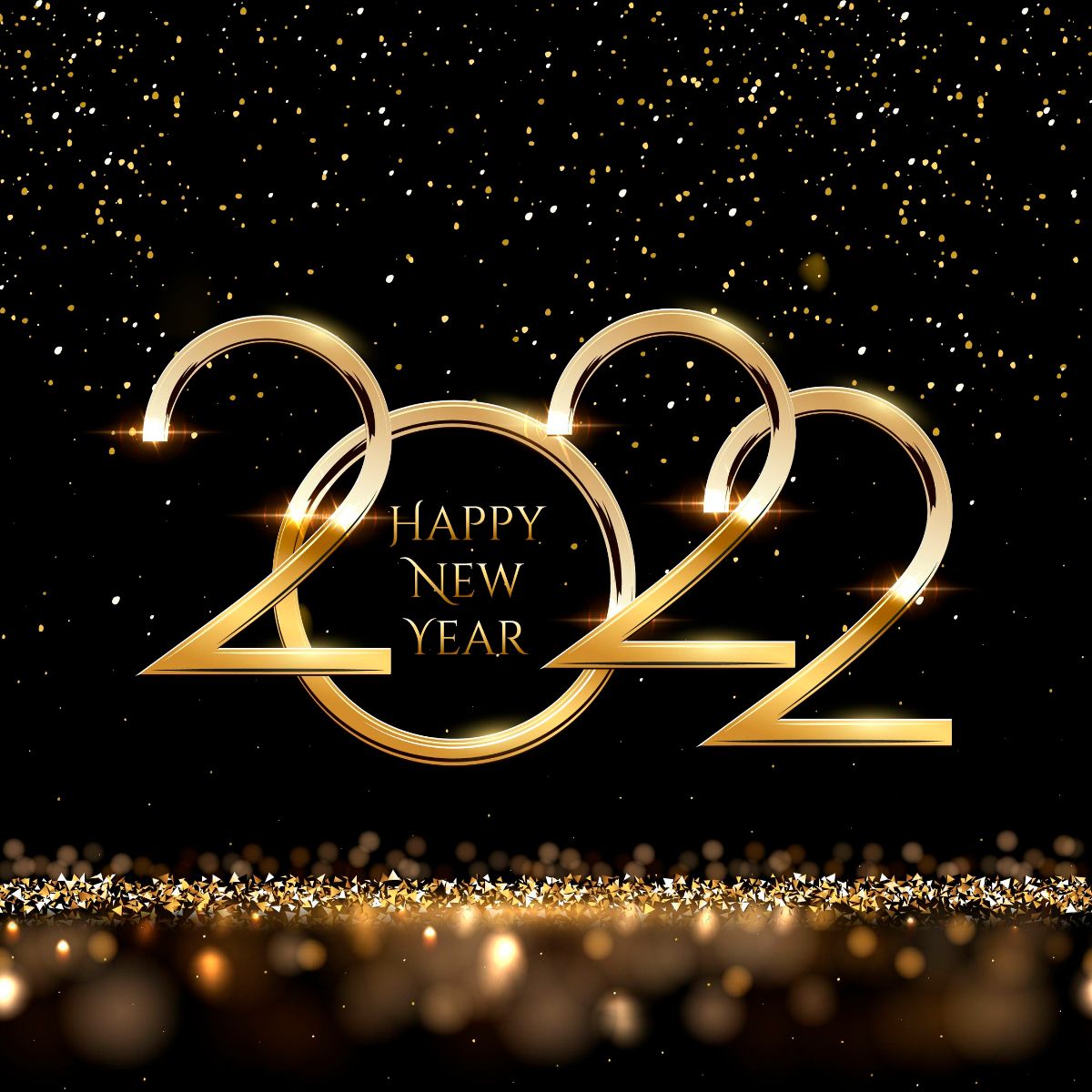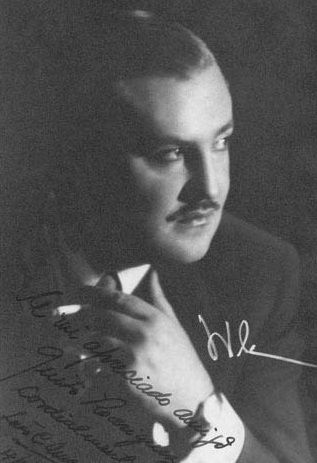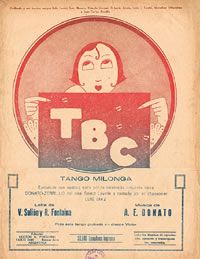“Esta noche de luna” by José García y sus Zorros Grises with Alfredo Rojas in vocals, 1943.
“Esta noche de luna” by José García y sus Zorros Grises with Alfredo Rojas in vocals, 1943.

José García
Violinist, leader and composer (July 22, 1908 – April 5, 2000)
Soon after he finished his studies, José García put up a conservatory in Lanús. He tried to pass on the knowledge he had acquired through hard work to the kids with musical inclinations in that locality. Soon, the enthusiastic, brand-new teacher was favored by many vibrant students.
In 1926 he formed an infant orchestra lined-up by students of his Conservatory. Some of them later joined his polished outfit Los Zorros Grises..
As a composer, José García wrote 28 numbers, from which these stand out: the tango “Esta noche de luna”.
Listen and buy:
-
Amazon music
-
iTunes music
-
Spotify
We are happy to have a collaboration with the people from tangotunes.com from whom some of you may have heard, they do high-quality transfers from original tango shellacs.
It is the number 1 source for professional Tango DJs all over the world.
- Now they started a new project that addresses the dancers and the website is https://en.mytango.online
You will find two compilations at the beginning, one tango and one vals compilation in amazing quality.
The price is 50€ each (for 32 songs each compilation) and now the good news!
If you enter the promo code 8343 when you register at this site you will get a 20% discount!
Thanks for supporting this project, you will find other useful information on the site, a great initiative.
We have lots more music and history










